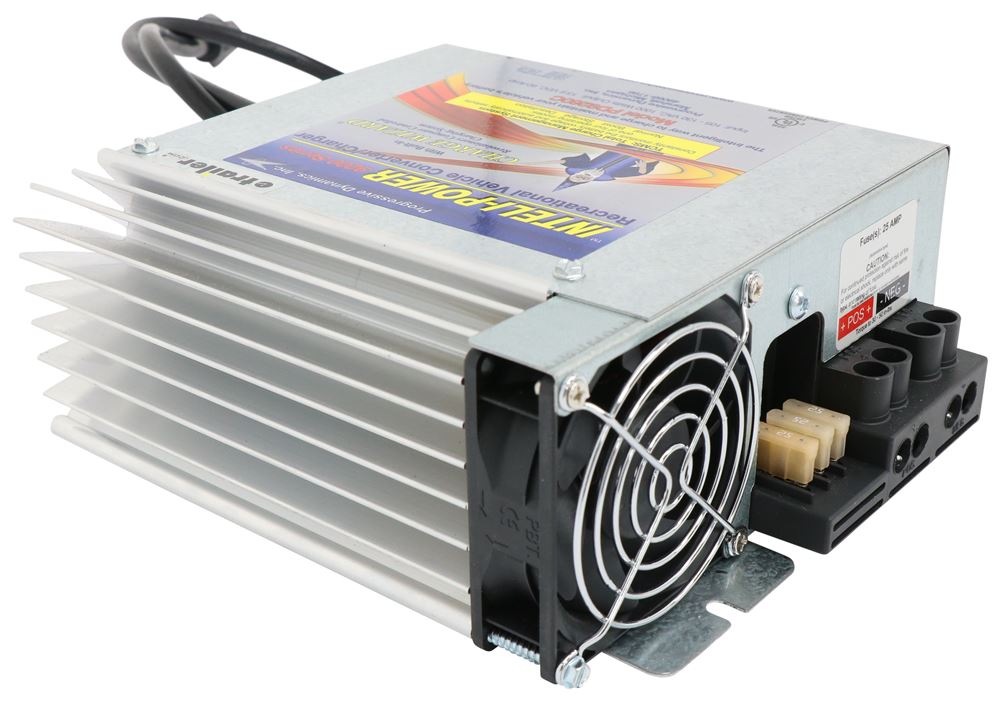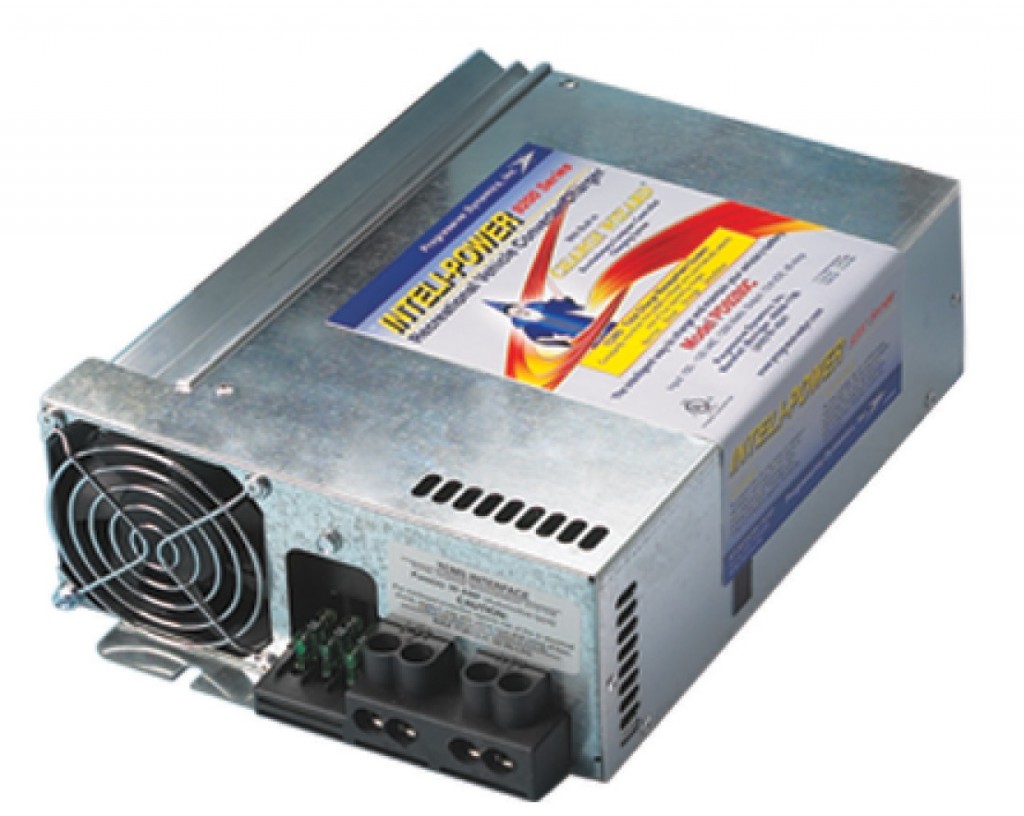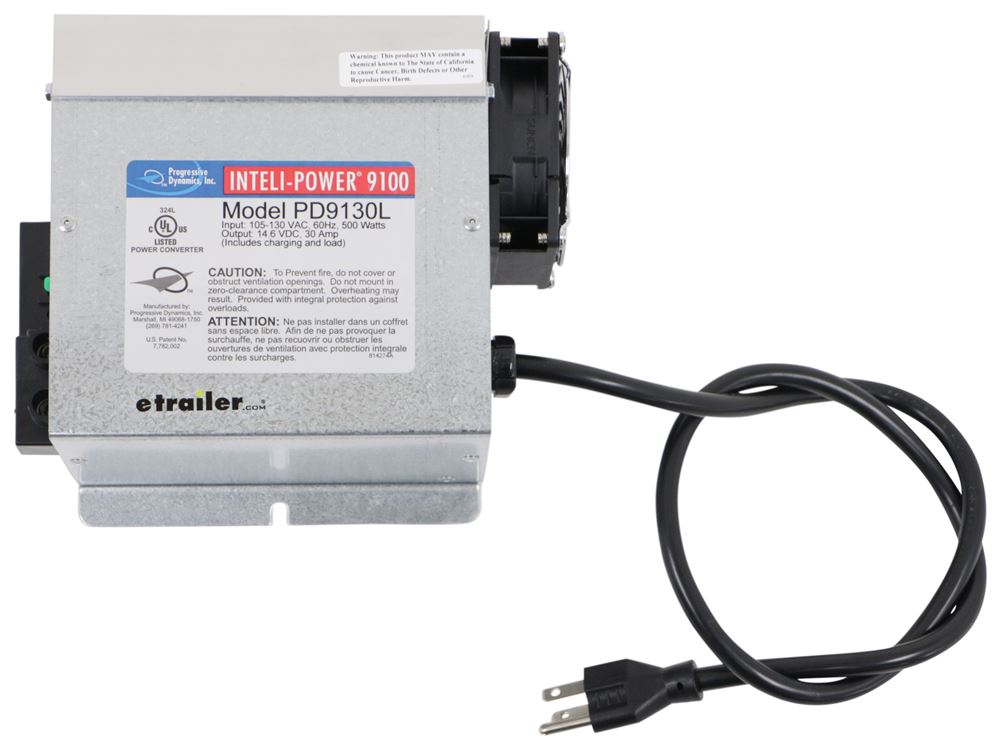


This means that when you’re at a campsite off-grid without a generator, your electrical capabilities are a little different than if you’re at a campsite with hookups.Īn inverter, however, allows you to utilize your appliances, even when you’re not hooked up to shore or generator power. You’ll get AC power to your RV only if you’re connected to shore power or a generator. Appliances typically do not run on DC power. On an RV, your water pump, lights, and fans typically run on DC power. DC power: Direct current power, on the other hand, is what is stored in batteries and runs at a much lower 12-volts.This powers anything you plug in, such as appliances. This is the 120-volt power that travels via power lines and comes in through your outlets. AC power: Alternating current systems in RVs resemble the system you’d find in your home.Your RV is likely equipped to handle two types of power: To understand what an inverter is, there are a few RV electricity basics you should know about.

#Power converter rv how to#
In this article, we’ll cover the basics of inverters, including what they are, how to use them, and where you can find a good one to purchase for your RV. The inverter is a component of this system that allows you to use everything in your RV, no matter what power you have access to. Electricity, whether coming from a campsite hook-up or batteries onboard your RV, will power all that’s inside your rig- lights, entertainment, appliances, and more. Whether you’re at a cushy campsite with all the amenities, boondocking hundreds of miles from civilization, or anywhere in between, your RV’s electrical system will likely play a role in your camping experience. Blog How-To Guides Power & Electric RV Owners


 0 kommentar(er)
0 kommentar(er)
